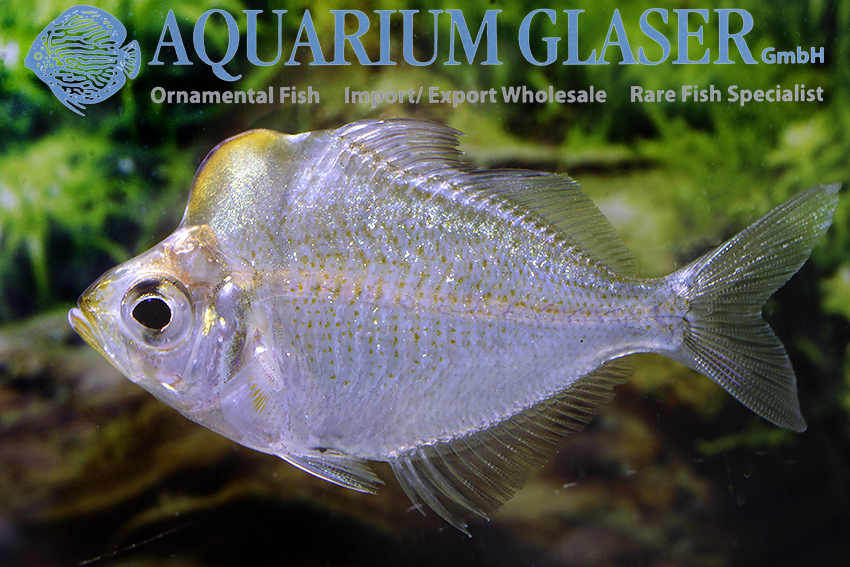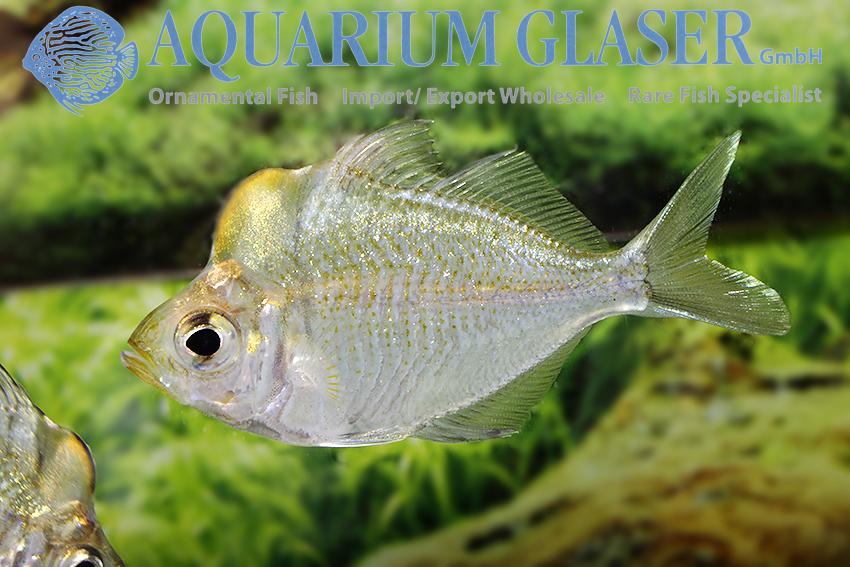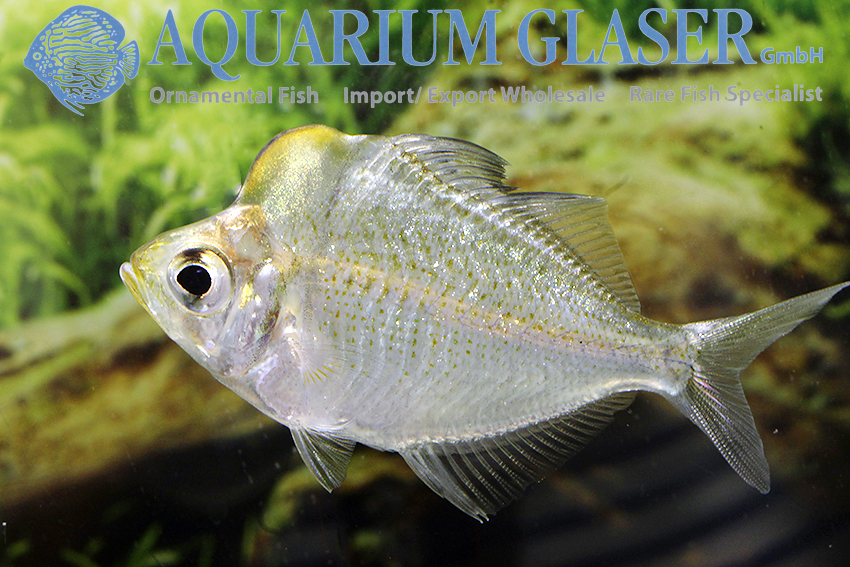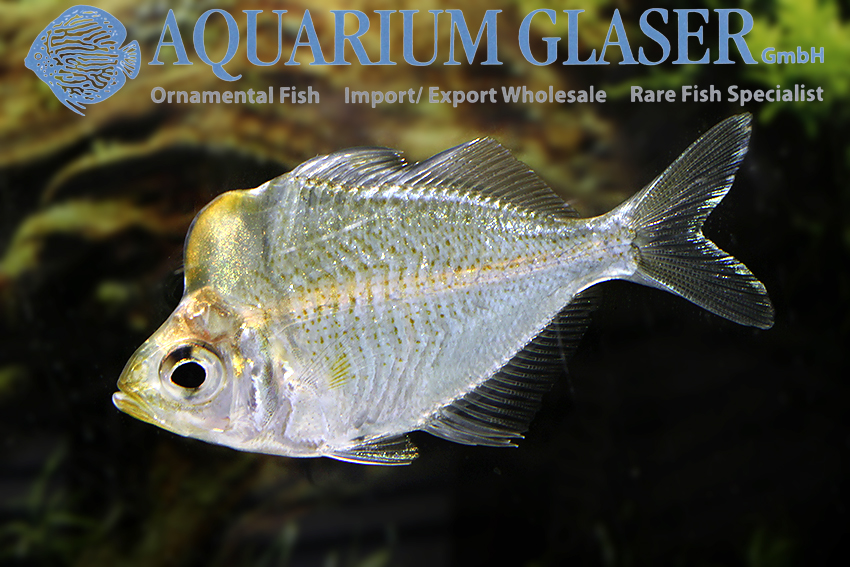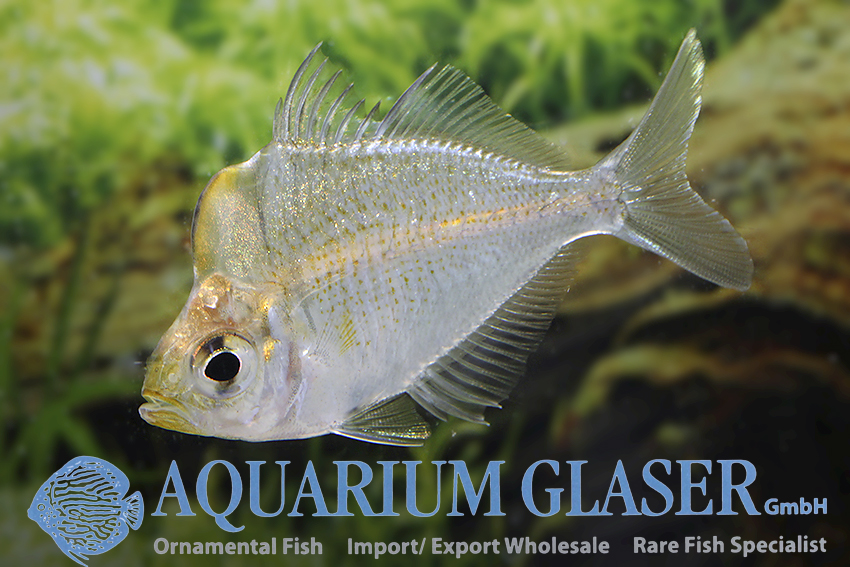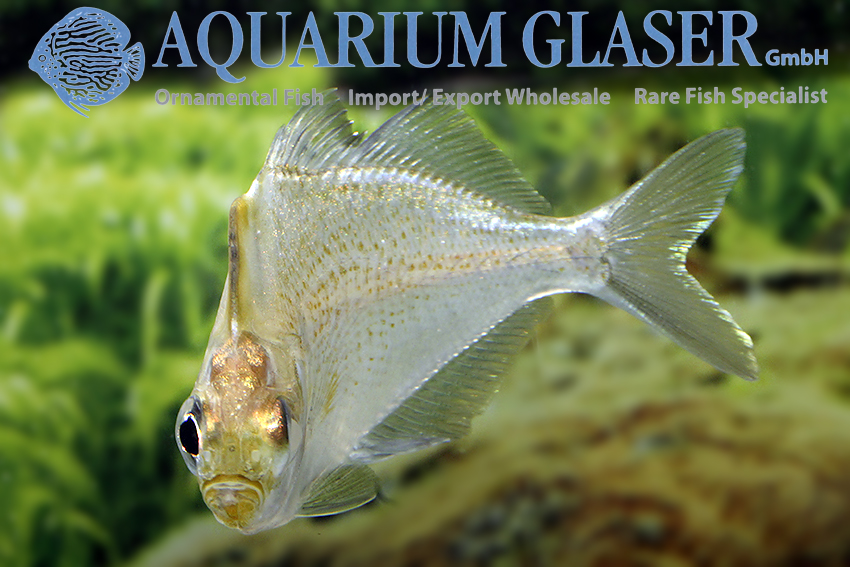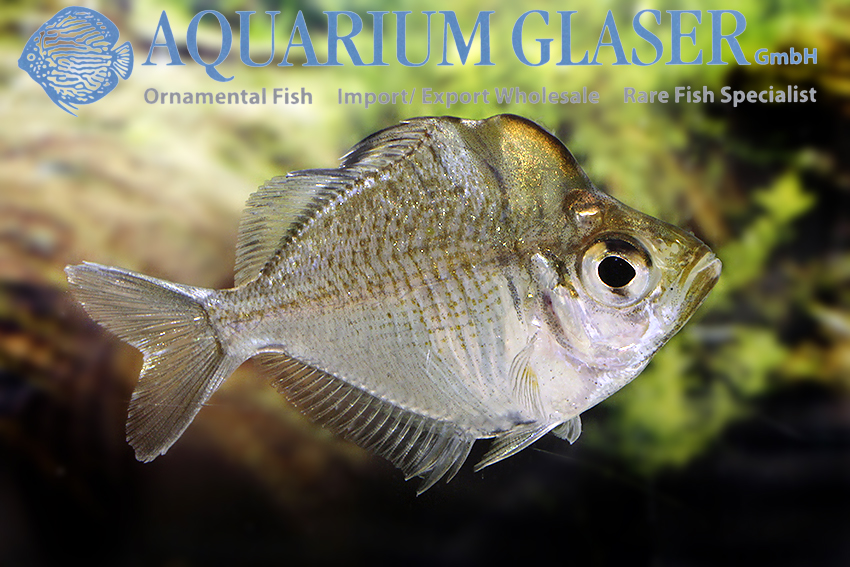The dwarf glass perch, Parambassis lala, is widely distributed in South Asia; it can be found in India, Burma and Nepal. In the past this dwarf, which never grows larger than 2-3 cm, was mistaken for the juvenile of other species, which is why completely wrong size data (up to 8 cm) and also completely wrong ecological data (supposedly it is a brackish water fish, but this is not true) can be found in the literature. In reality P. lala lives only in pure fresh water and remains small.
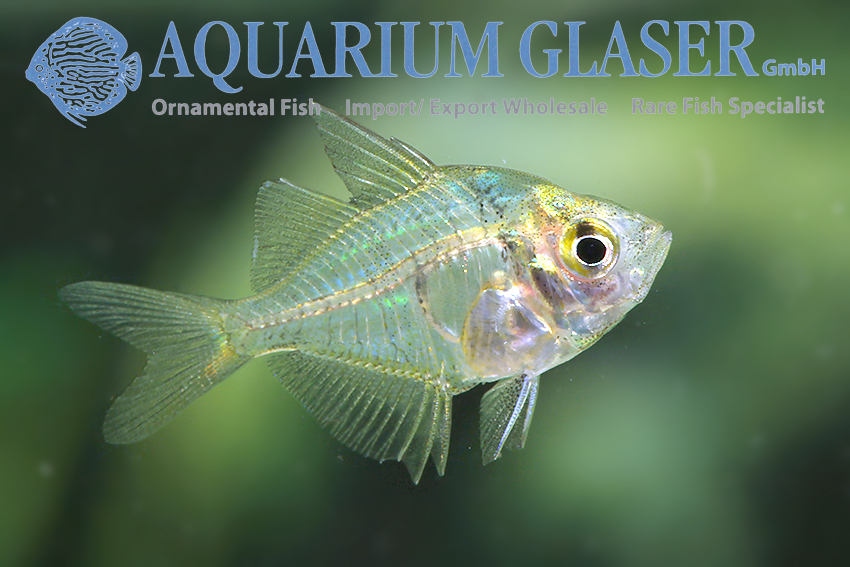
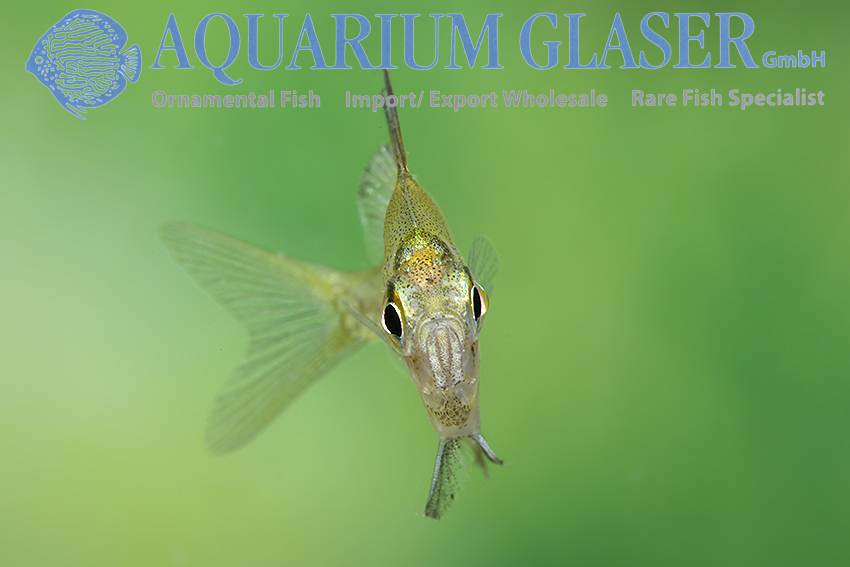
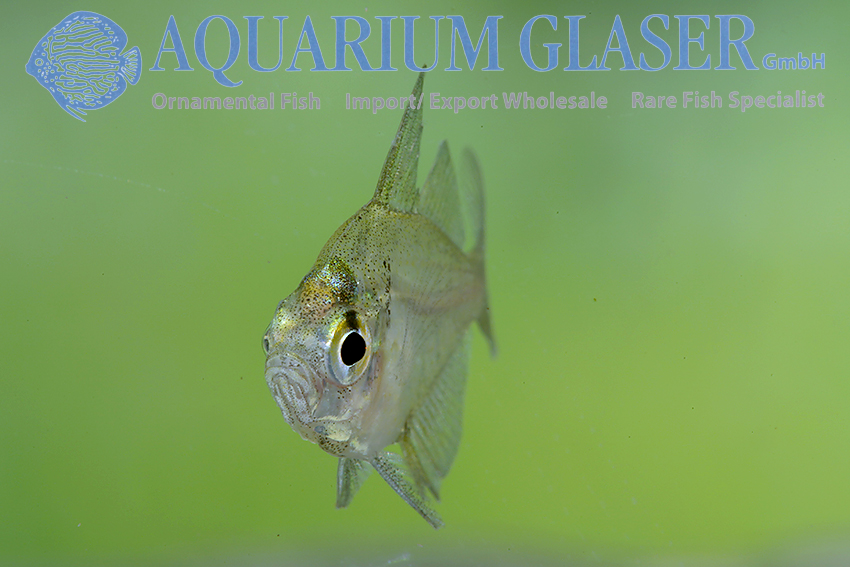
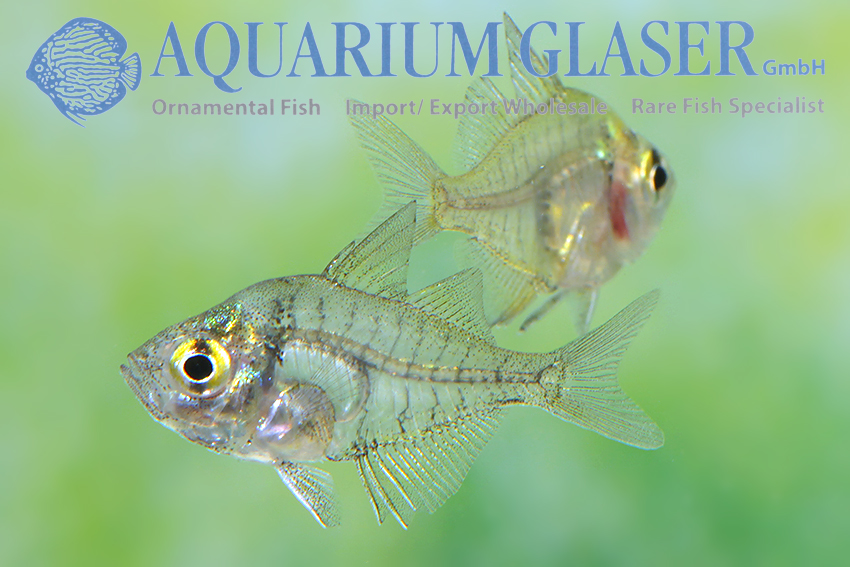
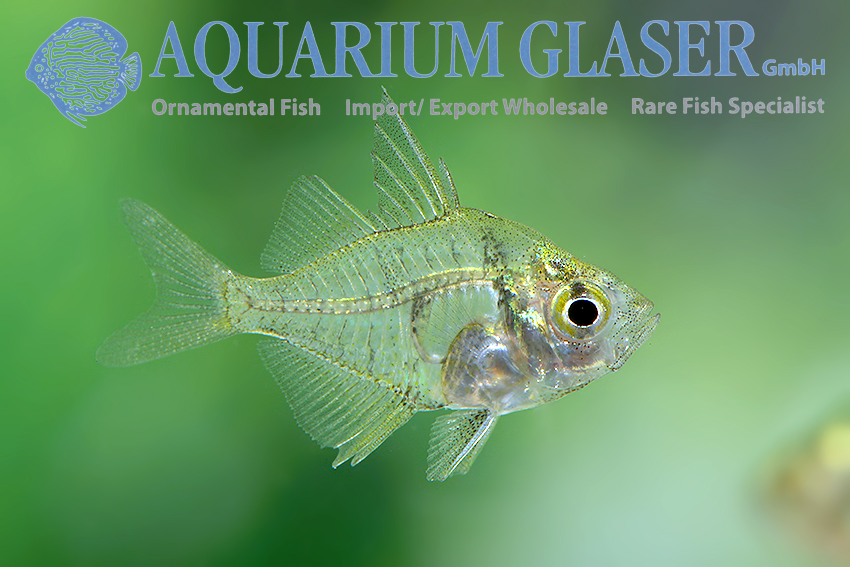
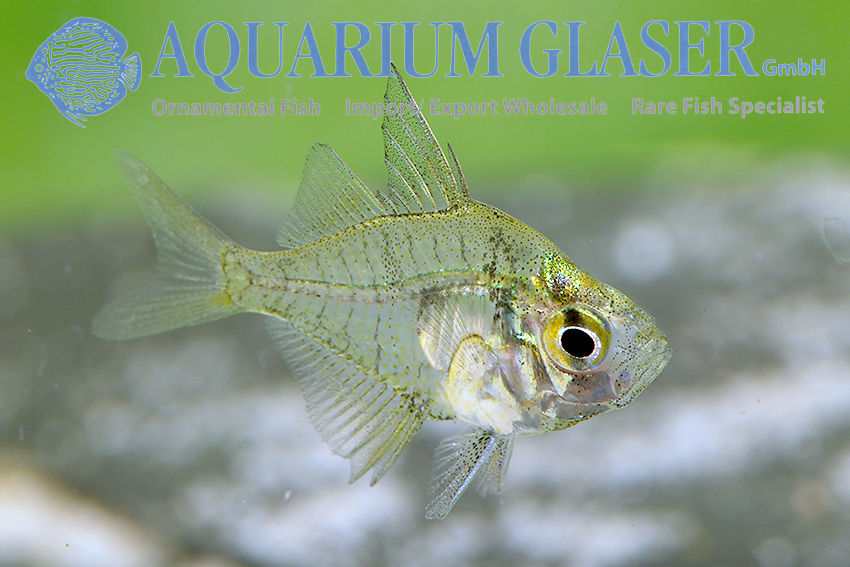
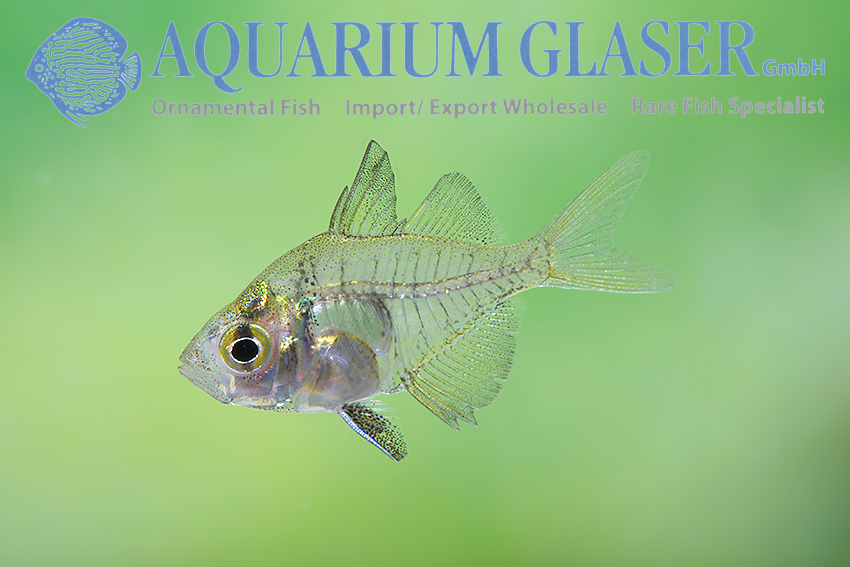
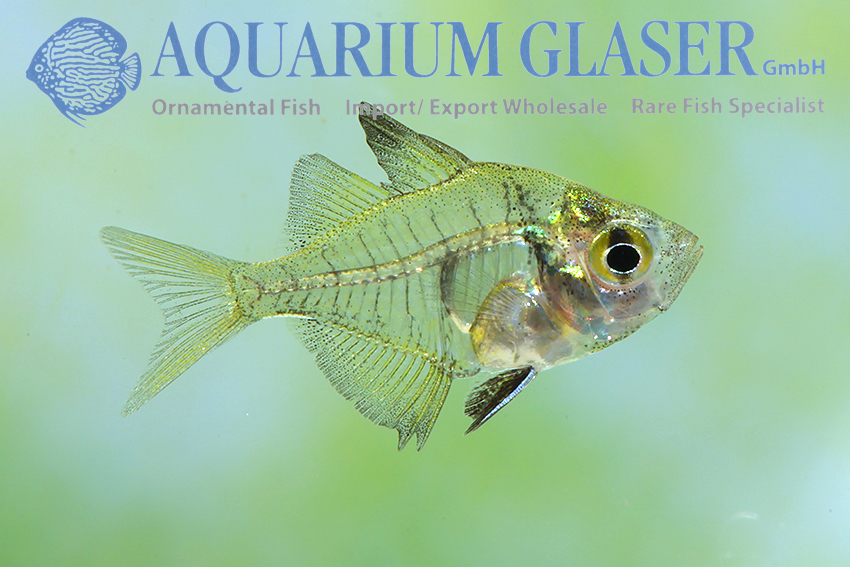
However, there are several forms of this species, which may yet turn out to be separate species upon closer inspection. We occasionally receive wild-caught specimens from India (see https://www.aquariumglaser.de/en/fish-archives/parambassis-lala-2/), but we also receive captive-bred specimens from Southeast Asia. In our country dwarf glassfish are rarely bred, because the feeding reflex of the larvae is only triggered by the nauplii of a certain small crustacean species (Diaptomus). Without this food, an attempt at rearing is pretty much futile.
Dwarf glassfish are delightful aquarium inhabitants, always “strutting” around the tank like little tin soldiers. The males court the females spiritedly, but without becoming aggressive. Spawning takes place in fine plants, brood care is not practiced by dwarf glassfish.
Concerning the water (pH, hardness) Dwarf Glassfish are undemanding, the temperature can be between 16 and 30°C (depending on the season, no sudden temperature changes!). Eaten is exclusively frozen and live food, dry food is strictly refused.
For our customers: The dwarf glass perch has code 441282 on our stocklist. Please note that we only supply wholesale.
Text & photos: Frank Schäfer





